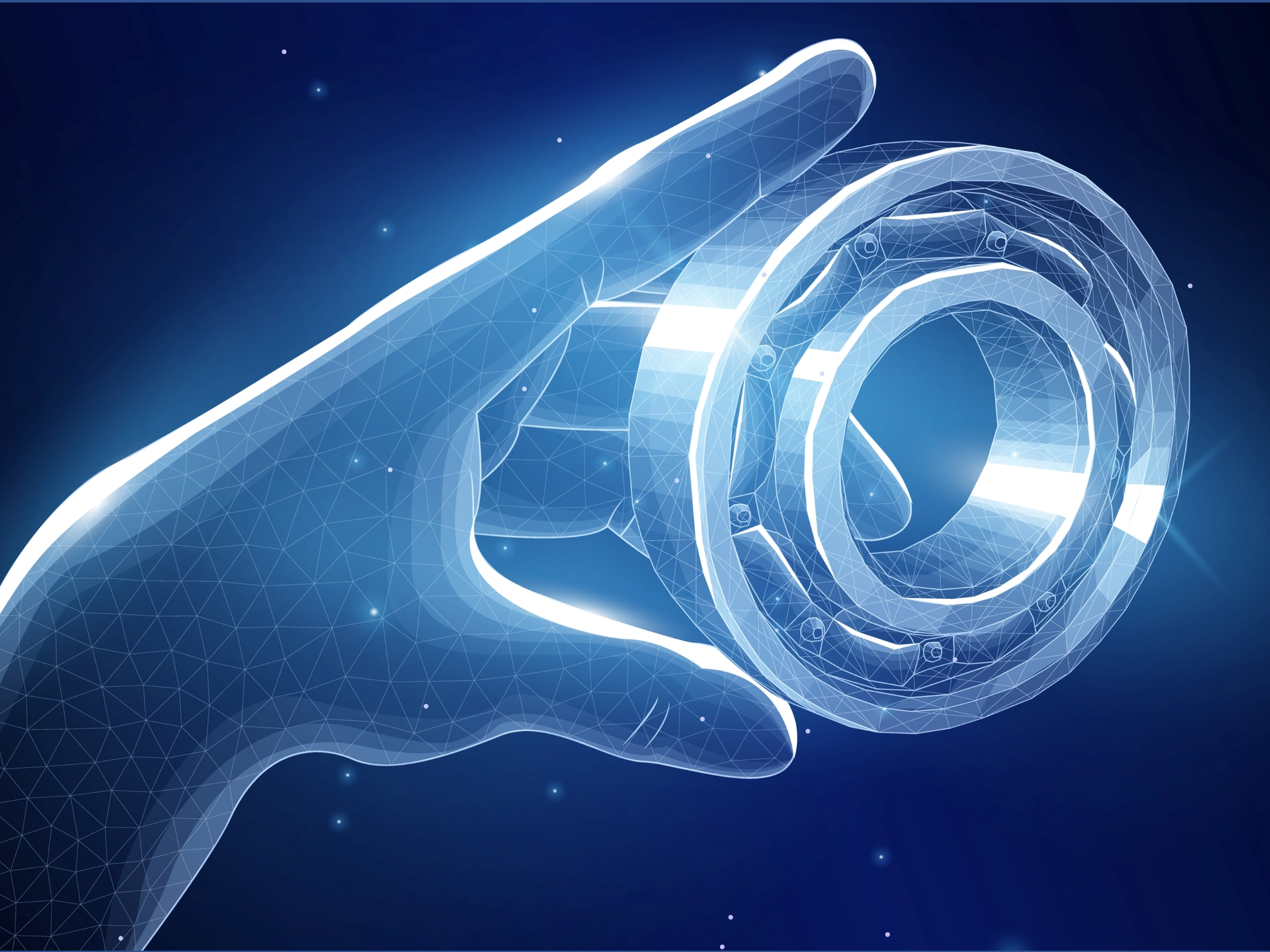In today's fast-paced digital world, it is essential for companies to motivate and retain young talent. The bearing trade faces the challenge of being attractive to young talents and thus being able to attract personnel. Gamification, the incorporation of game elements into non-game related activities, is a promising approach to engage employees and foster collaboration within a company. In this article, we will highlight the impact and opportunities of gamification on recruiting, workflows and employee events in companies in the roller bearing industry and how gamification can be successfully implemented in a company.
In order to use gamification as an element in your corporate culture, a few requirements should be met. First, you need an application whose user interface must have an appealing design. Ideally, an analogy to other digital worlds, platforms or games is recognizable. In addition, gamification elements such as points, rewards, levels, and contests can be integrated into the application to incentivize users and make their progress visible within the application.
Definition
Gamification refers to the application of typical game elements in a non-game context, such as in companies. The characteristics of gamification include points lists, high scores, awards, virtual goods or different game levels. The goal of gamification is to increase the motivation of employees or customers and to encourage certain behaviors.
Recruiting:
Gamification can make the recruitment process more dynamic and thus arouse the interest of potential candidates. For example, companies can incorporate playful elements into the application process, such as interactive tests or simulations that test technical skills and social competencies. These playful approaches can help applicants perceive the company as innovative and future-oriented.
Company workflows:
Applying gamification to work processes can help increase employee motivation and make work processes more efficient. For example, employees can be awarded points or rewards for achieving goals or successfully completing projects. Such an approach can increase employees' motivation to continuously improve and develop their skills.
Employee events:
Gamification can also be integrated into employee events to strengthen teamwork and cohesion within the company. By using playful activities, such as teambuilding games, competitions or quizzes, employees can be encouraged to work together and get to know each other better.
What to consider and how the integration can succeed you can see HERE.
As described, gamification in the work environment can help to increase employee engagement, improve learning and training processes, and encourage certain behaviors. Here we would like to present a few concrete ideas on how gamification can be implemented specifically in B2B trade with industrial goods such as rolling bearings, we will show you in the Deep Dive:
Each sales person has individual or team goals. These could be turned into a gamified format where points are awarded for goals achieved. Employees or teams could compete against each other to earn the most points. Rewards could be given in the form of recognition, additional time off or educational opportunities, etc.
Gamification is an effective tool to inspire young talents for the digital bearing trade and to bind them to your company. By using playful elements in recruiting, employee events, and work processes, your company can create a positive work atmosphere, promote collaboration, and ultimately help increase productivity and employee satisfaction.
ATTENSION:
Gamification is successful when you motivate your employees in the long term. The focus should be on individual progress and not on competition with others. Another important advantage of gamification is the fast training through intuitive handling. Thus, even with strong employee rotation, efficient work is still given.
It's up to you as the CEO to make digital commerce fun for your young employees.
By building your platform in a playful way, you motivate and are well prepared for the future.







